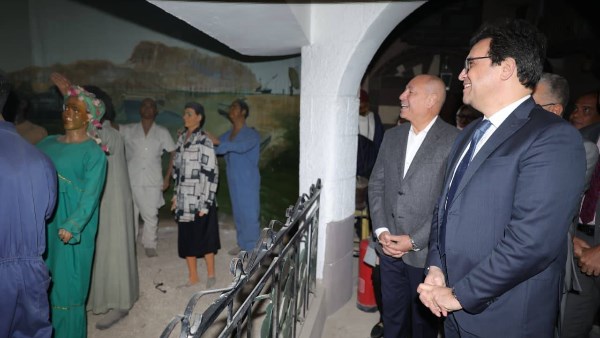
Nonfarm payrolls increased 12,000 last month
US Payrolls Increase by Just 12,000, Hit by Storms and Strikes

US hiring advanced at the slowest pace since 2020 in October while the unemployment rate remained low, a month distorted by severe hurricanes and a major strike at Boeing Co.
Nonfarm payrolls increased 12,000 last month, and hiring over the previous two months was weaker than previously thought, suggesting the underlying labor market continues to cool. The unemployment rate held at 4.1% and hourly earnings ticked up, according to Bureau of Labor Statistics figures released Friday.
BLS said the hurricanes likely affected payrolls in some industries, but said it is not possible to quantify the net effect on the monthly change in national employment, hours or earnings estimates. They noted the collection rate for the survey of businesses that informs those statistics was “well below average.” BLS also said there was no discernible effect on the national unemployment rate.
The jobs report is the last major data point on the US economy before next week’s Federal Reserve meeting and the Nov. 5 presidential election, a race where the issue has consistently ranked top of mind for voters. Other figures this week showed the economy grew at a strong pace in the third quarter, fueled by solid consumer spending, while inflation picked up in September.
With a number of temporary factors and caveats to glean through, economists and policymakers will likely take little signal from the report, instead looking to other data that show the labor market is cooling gradually.
Preserving the labor market
Fed officials — who are observing their traditional blackout period before the Nov. 6-7 meeting — are more focused on preserving the labor market with inflation largely on a downward trend. Policymakers are widely expected to cut interest rates by a quarter percentage point next week, a more measured adjustment after an outsize reduction in September.
The rate cut followed a weak August job report. Data out Friday showed that figure was even weaker than initially reported, rising just 78,000 in the month. But September’s employment report — which came out shortly after the Fed met — was a blowout. Subsequent data also pointed to strong economic activity, encouraging several officials to advocate for a more gradual approach to rate cuts going forward.
The S&P 500 opened higher and Treasury yields dropped following the report.
Hiring increased in health care and government, but employment in other industries was largely flat or negative. Sectors including retail trade, transportation and warehousing, and leisure and hospitality all declined — likely a reflection of weather-related disruptions. Manufacturing payrolls employment fell 46,000, the biggest drop since April 2020 and largely reflecting strike activity including 33,000 Boeing workers.
Economists had warned the strike as well as the two powerful hurricanes — Helene and Milton — that hit the Southeast in late September and early October would more negatively impact the payrolls number than the survey that informs the unemployment rate. Payrolls estimates varied widely as a result, from a decline of 10,000 to a gain of 180,000.
The response rate for the survey of businesses, which informs the payrolls figure, was 47.4% — the lowest since 1991. The storms may have also affected businesses’ ability to respond to the BLS in a timely manner. The BLS continues to survey firms in subsequent months, usually boosting the response rate close to or above 90%. That can lead to large revisions as a result.
Hurricane Helene made landfall Sept. 26, and Milton struck on Oct. 9 — during the reference period for payrolls. The jobs report is composed of two surveys. The payrolls number comes from a survey of businesses, and if an employee misses the entire pay period that includes the 12th of the month, they wouldn’t count as employed — even if they still technically had a job but just missed work due to bad weather.
The household survey, which is used to calculate the unemployment rate, wouldn’t rule that person out. That measure surprisingly painted an even drearier picture of employment, falling for the first time since May. The number of people who said they weren’t at work due to weather jumped to 512,000, the most since January.





-1120252475029447.jpg)
-920252122624392.jpg)
















